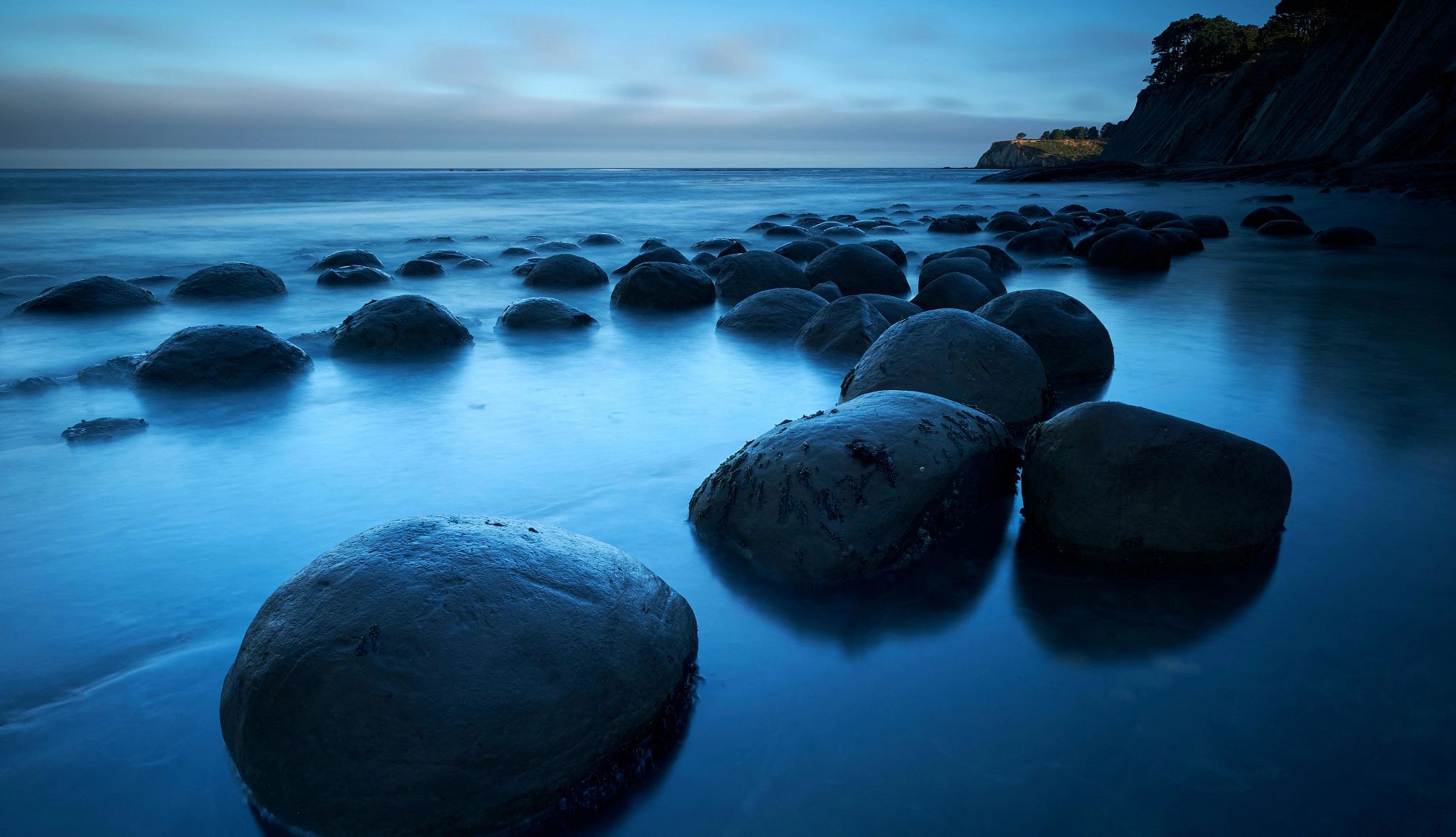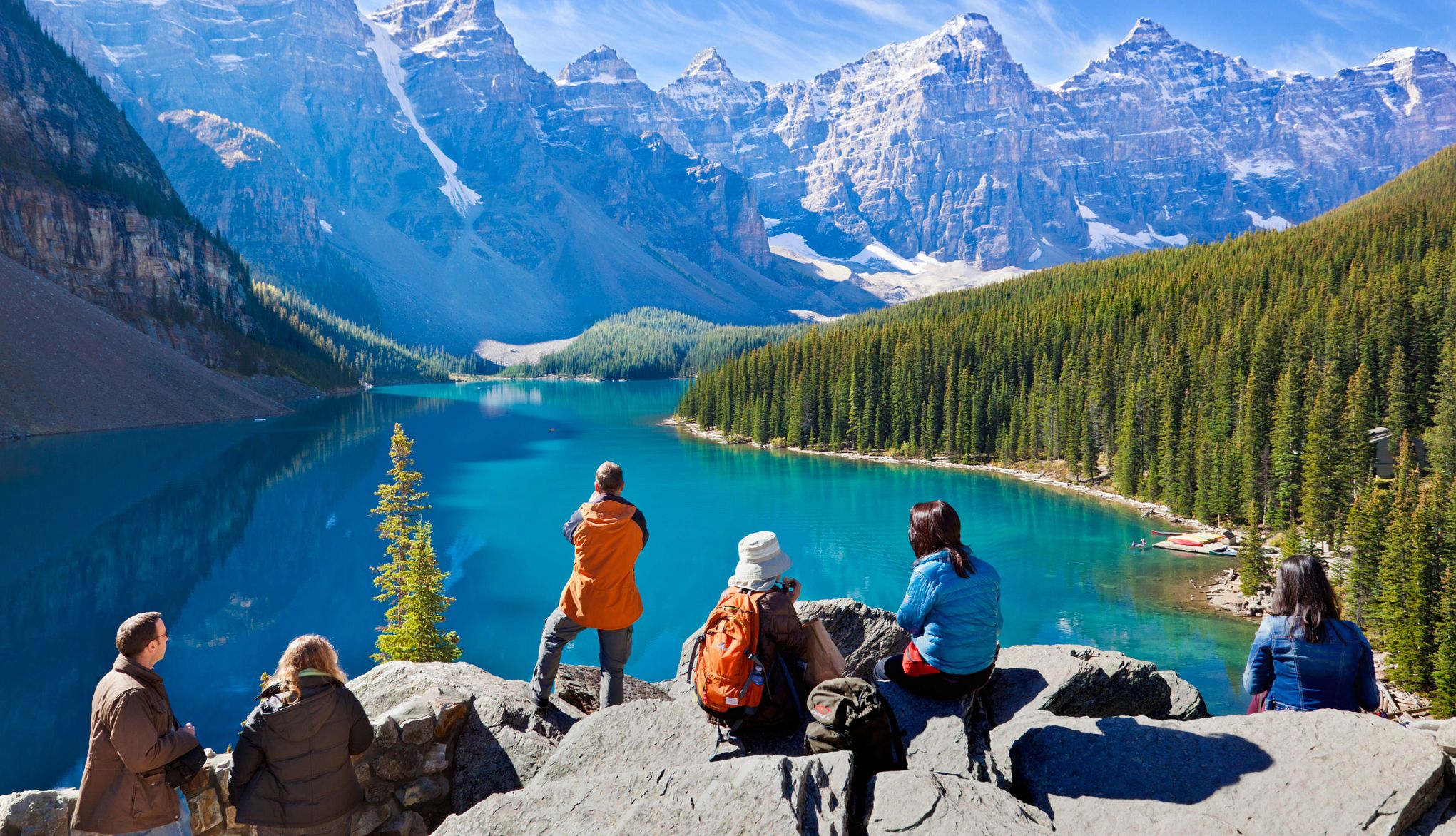AARP Hearing Center
Summer is in full swing, which means most people are seeking relaxation near water. Every year, Americans visit beaches to cool off and enjoy the sun. Summer vacation is one of the top motivations for domestic trips for travelers 50-plus, according to a recent AARP Travel Trends survey. Nearly 280 million people visited a beach in 2024, according to a report by members of the United States Lifesaving Association.
In recent weeks, the Santa Monica Pier in California, Ronkonkoma Beach in New York and other beaches across the U.S. have had advisories or closed because of elevated bacteria levels in the water, Newsweek reported. Other states reporting major closures include Massachusetts, Minnesota, Michigan and Texas.
A July 2025 report from environmental advocacy group Environment America revealed that 453 beaches were potentially unsafe for swimming because of bacteria levels on at least 25 percent of days tested in 2024.
Here are five ways to determine whether your local beach is safe from contamination.
1. Check your local beach for closures
Before heading out to put your feet in warm sand, visit the U.S. Environmental Protection Agency’s (EPA) website to find out if your local beach is closed or has an advisory. State and local government agencies decide whether water conditions are safe for the public.
Elevated levels of bacteria, including fecal bacteria, in the water are the most common causes of contamination.
Fecal bacteria ends up oceans, lakes and rivers when rainwater runoff contains animal waste. The EPA reports that swimming, diving or wading in water contaminated with fecal bacteria, or digging in contaminated beach sand, can cause various illnesses, including gastrointestinal problems, such as diarrhea and vomiting, respiratory issues and infections of the skin, ears, eyes, sinuses and wounds.
A 2024 study published in Maturitas found that water pollution negatively affects the health of older adults. It can cause hormonal changes, accelerate aging and lead to health issues such as diarrhea, skin diseases, malnutrition and even cancer.
Pay attention to the reason for the beach closure: Is it for maintenance, safety concerns or bad weather? The National Oceanic and Atmospheric Administration’s (NOAA) National Ocean Service explains common reasons for beach closures include heavy rain, harmful algal blooms and sewage or chemical spills from known sources.


































































.jpg?crop=true&anchor=10,180&q=80&color=ffffffff&u=2xkwh0&w=2021&h=1161)


